by ANDY MARINO
ONE part of the travel industry that has been making waves recently is luxury cruising.
It has never been so popular, and bearing in mind the astonishing growth in numbers of both passengers and new ships, there are no signs of the sector slowing down.
Leisure cruising was worth $23.3 billion (£17.5bn) worldwide in 2007 and $35.5bn (£26.7bn) in 2016. It is expected to rise to $57bn (£43bn) by 2027 – in other words, the industry has more than doubled in size over the past two decades.
In fact, the three decades between 1990 and (projected) 2020 have seen annual passenger growth of over 6.5 per cent. In the past few years alone, the global demand for cruises has risen by 45 per cent, from 17.8 million passengers in 2009 to 25.8 million last year. That sort of growth almost rivals the spread of the internet.
Altogether in 2017, almost two million Britons went on cruises worldwide. A quarter of a million of them boarded in the UK before setting out for foreign destinations. Most passengers depart from Southampton, and an increasing proportion of them are British Asians.
For many years, cruising carried the rather staid image of “black-tie at the captain’s table”. There would be deckchairs during the day and a dance in the evening – a genteel experience that few would imagine trying out until in receipt of a pension. So it would be easy, but entirely wrong, to believe that the massive increase in the popularity of cruising is due to an ageing population.
However, it is not only retirees who are taking to the high seas, but toddlers too.
“The demographics of the whole industry have completely changed over the past 10-15 years,” says travel agent and cruise specialist Farley Shelkin.
“They are building a lot of bigger, better new ships, and are bringing in a new generation of families because of the facilities on board.”
The days of seasickness and quoits games are long gone, too. “A lot of these ships carry 5,000 passengers, on top of the crew, which is another 2,500-3,000,” says specialist Inder Singh of flightsandpackages.com. “The Royal Caribbean’s latest ship carries 5,000 people. They are 16, 18 storeys high … You can’t feel the ship move, especially if you are amid-ships, you wouldn’t even know. Imagine a 15-storey office building.”
The latest liners boast all luxury cabins, full-size theatres with West End shows, infinity pools, spas, dozens of restaurants and bars, and even – in the case of Norwegian Cruise Lines’ Bliss, a go-kart track on the top deck with speeds of 30 miles an hour. “Put your helmet on and you’re racing in the middle of the ocean,” says Singh.
The age profile of passengers is breaking downwards fast, and the cruise companies can see their future lies in attracting whole families to these floating pleasure cities.
“Different cruise lines have a different age group, but the average in the industry is now down to about 55, 54,” says Singh. “The bigger cruise ships have the younger profile.”
That means the facilities for junior citizens are myriad: “From rock-climbing to bumper cars.”
“There’s still an old-school market,” for senior adventurers, says Shelkin. “Cruise-lines such as P&O and Cunard and one or two others still have black-tie dinners. But that’s different to the family market. The two things are very different.”
To meet demand, more and more super-luxury liners are being commissioned. Global tonnage is expected to rise by a third over the next decade, with 27 new ships being launched this year. The whole cruising experience is becoming more tailored and convenient. More than 450,000 people every year sail around the Mediterranean on what are known as ‘fly-cruises’, where customers fly to an embarkation port before sailing home via a selection of destinations.
“On a seven-day cruise, you can almost see seven different islands, seven different destinations in a week,” says Singh. “That’s catching a lot of young families who love exploring.”
“It’s a huge growth sector,” adds Shelkin. “Those people who maybe normally would have done an all-inclusive hotel in the Med in the summer, let’s say, whether it’s Turkey or Greece or Spain … those families are now being attracted by the cruise ships because they are finding it slightly more exciting, I guess, than sitting around a swimming pool or a beach for two weeks, nice as that is.”
It is also telling that after 20 years of being disrupted by the internet and online booking, travel agents are seeing cruising customers return to them because of personal service and expertise.
“They want to talk to somebody who is knowledgeable,” Shelkin affirms. “Most people who book a cruise will go to a travel agent as opposed to doing it themselves online, whereas the opposite is true with ‘bucket and spade’ holidays where people can just book a flight.”
As well as the passenger demographic, the cultural profile is also shifting.
“There’s more and more Asians and Indians coming along,” says Singh. “More Indians are taking holidays. With the new age group and second generations and so on, there’s definitely a lot more Asian cruisers out there.”
One was Mandavi Kaushik, an Indian fashion and lifestyle blogger in London who authors TheRedNoteBookBlog.com. “We booked the holiday through an agent,” she says. He expertly co-ordinated her large group: “About nine of us, a big family holiday. I live here in London, but my family is based in India. My sister came from the US and we all met at the point of departure – Venice. Different age groups, parents 60-plus, us mid 30s, then kids – two, five, eight-year-olds, a teenager.”
In times past, vegetarians and others with dietary requirements were hesitant regarding cruises, afraid they might not be catered for. That’s all changed, too.
“They are definitely catering to Indian vegetarians, especially if there’s a group,” says Singh. “You can have your own Indian menu if you want.
“Certain ships have Indian restaurants on them now, as well. One of the big P&O ships has a dedicated Indian restaurant with a famous chef.”
“We have a lot of Jewish clients,” adds Shelkin. “Some of them will want kosher food … and the ship will bring on kosher food if we order it. It’s the same with the Asian market – vegetarian, halal or anything. As long as we tell them in advance what they want, it’s absolutely not an issue.”
“If you’re from India you don’t miss your food,” Kaushik reveals. “They had these special nights, an Asian night. There were Indian staff on board, so spoke Hindi, which was nice.”
The experience of cruising is addictive. “We’ve had a lot of families who will now do it year after year because they’ve got hooked on it,” says Shelkin.
Kaushik agrees: “I would love to do it again. It’s good if you want a holiday with your family; you know the next destination, so you don’t have to plan everything. The ship docks in the morning and you have five or six hours to explore a city.”
The environment of a large liner seems perfect for reformed landlubbers.
“I thought I would be seasick, I had never been on a cruise or anything, but the ship was so big you don’t really feel anything,” says Kaushik.
And a big ship suits children as well. “The teenagers were moving around in their own groups enjoying their freedom, and the parents could relax because the kids can’t go anywhere else – they can only stay on the ship,” she says.
“These are valuable holidays,” says Singh, but at first glance they might not appear cheap. And although there can be extras to pay for, access to most facilities is typically bundled into the price – all-drinks-included options, for example, with perhaps a premium for super-luxury restaurants. Figures from 2015 show that the average cruise passenger paid $2,123 (£1,595), including an on-board spend of around $423 (£318).
Cruising seems to be following the consumer pattern of spending less overall but more on quality purchases, as this rapidly expanding sector attests. It is adding more routes and destinations each year, along with more river cruising and expeditions to destinations like the Arctic.
Perhaps it’s time to climb aboard.















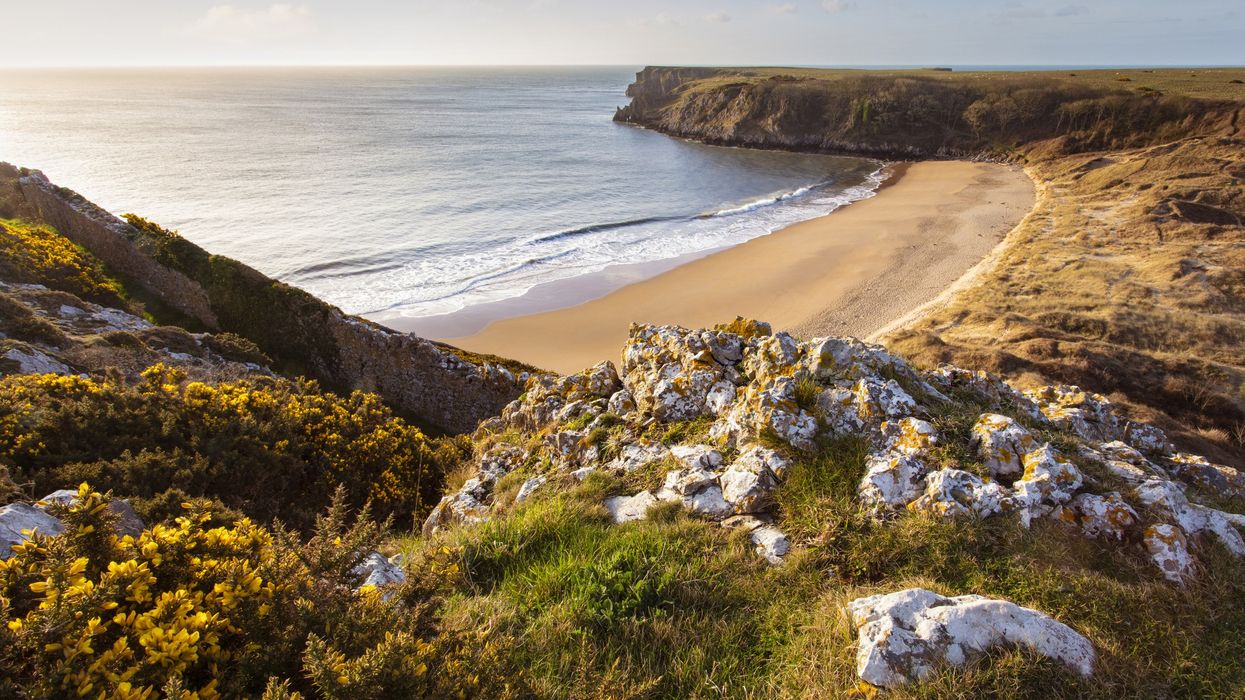
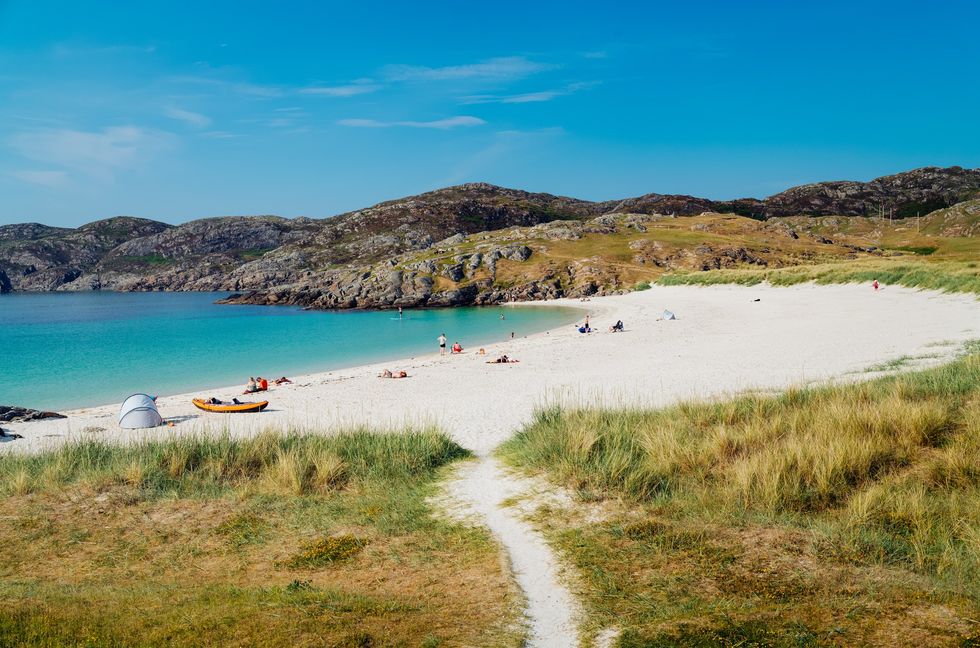 Many of these beaches are tidal and best enjoyed at low tideiStock
Many of these beaches are tidal and best enjoyed at low tideiStock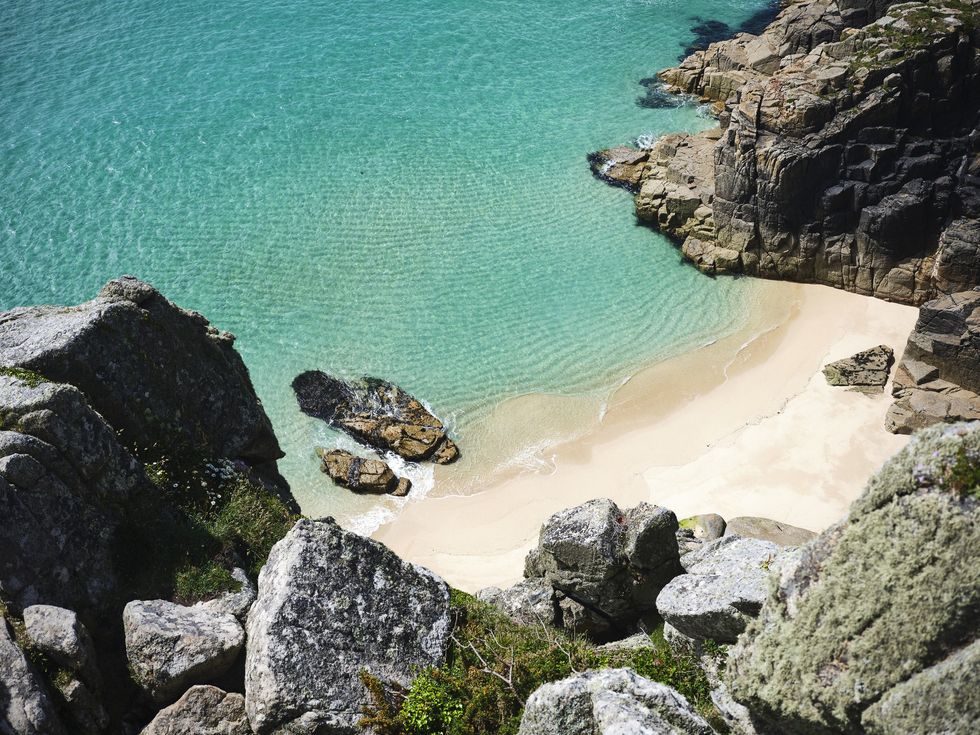 It’s also unofficially clothing-optionaliStock
It’s also unofficially clothing-optionaliStock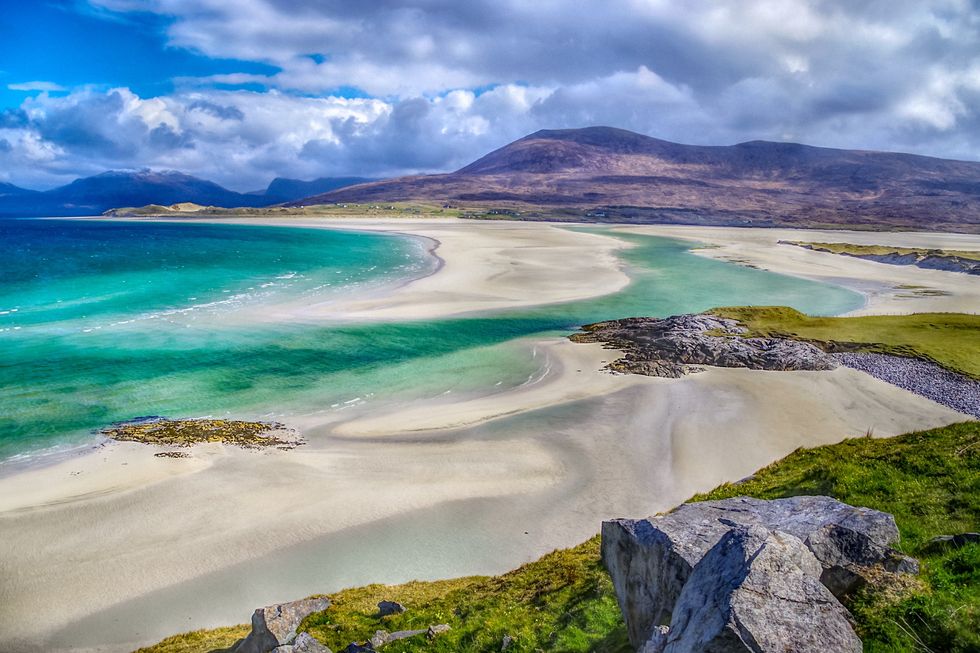 Framed by the turquoise seaiStock
Framed by the turquoise seaiStock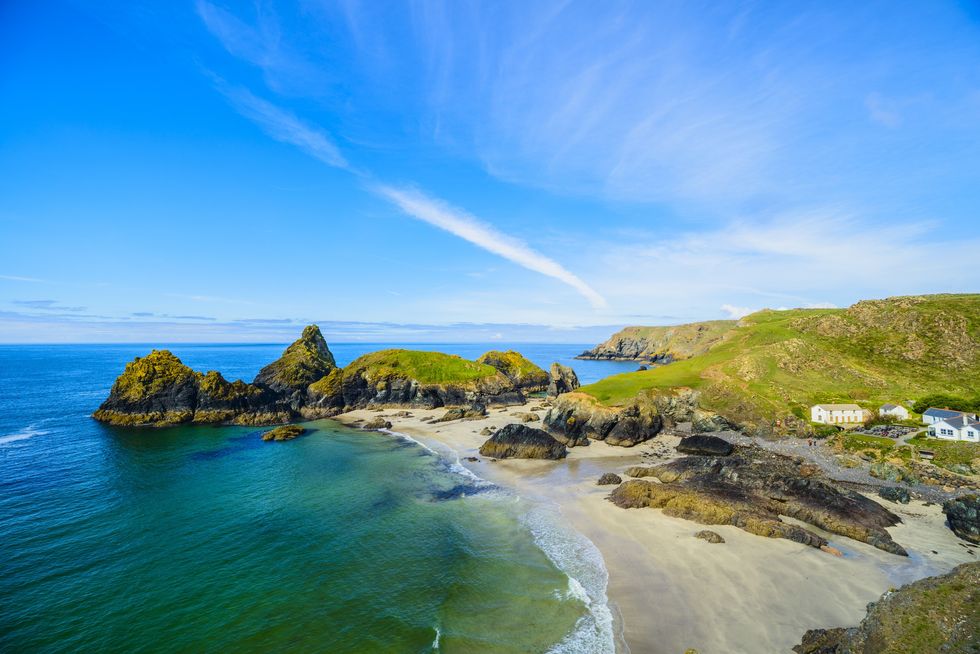 It’s best visited early or late in the dayiStock
It’s best visited early or late in the dayiStock

